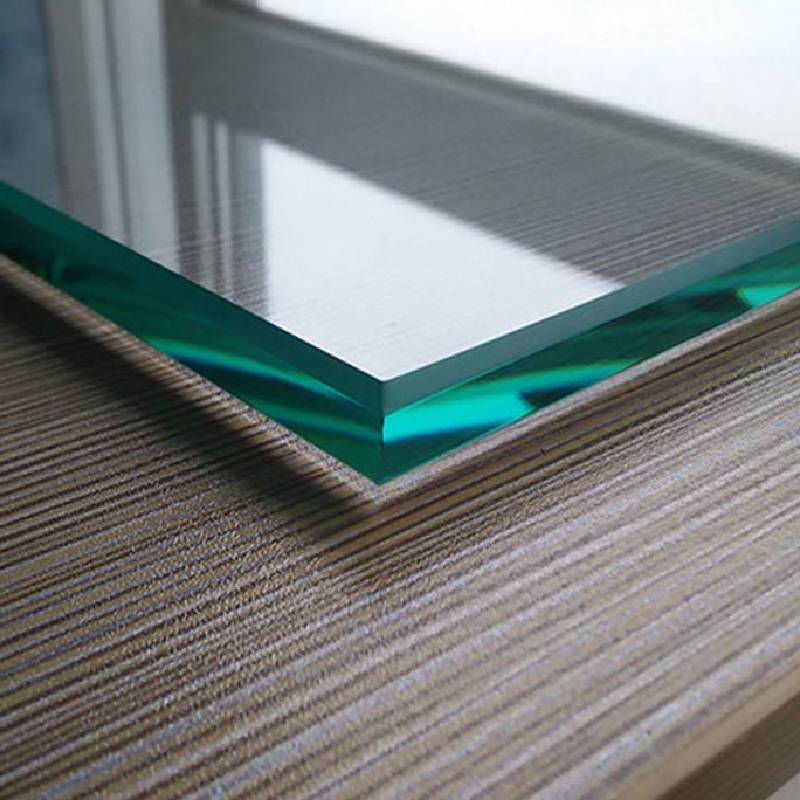

Exploring the Types of Patterned Glass
Patterned glass has become a prominent choice in modern architecture and interior design, offering an intriguing interplay of light and texture. This specially designed glass is not just aesthetically pleasing; it also serves practical purposes such as providing privacy while still allowing natural light to filter through. The various types of patterned glass available today cater to diverse architectural styles and individual preferences. In this article, we will explore several common types of patterned glass, highlighting their characteristics and applications.
1. Textured Glass
Textured glass is one of the most popular types of patterned glass. It features a variety of surface patterns that create a unique optical effect. Common designs include ripples, waves, and bubbles. The texture can diffuse light, making it an excellent choice for bathroom windows, shower enclosures, and room dividers. The beauty of textured glass lies in its ability to obscure visibility while still letting light illuminate the space, creating an airy and open atmosphere.
2. Frosted Glass
Frosted glass is achieved through a sandblasting or acid-etching process, resulting in a soft, translucent surface. This type of glass offers an elegant solution for areas requiring privacy, such as office partitions, bathroom doors, and entryways. While frosted glass obscures shapes and silhouettes, it still maximizes light transmission, making spaces feel bright and inviting. It's a versatile choice for both contemporary and traditional settings.
Stained glass is perhaps the most colorful of the patterned glass types. This traditional art form involves adding different hues to glass pieces, which are then assembled into intricate designs. Stained glass windows are often found in churches, temples, and historical buildings, but they are increasingly making their way into homes. These vibrant installations can transform a space, creating a stunning focal point while simultaneously filtering natural light in a way that enhances the surrounding colors.

4. Geometric Patterned Glass
Geometric patterned glass employs sharp angles and symmetrical designs to create a modern aesthetic. This type often features repeating patterns, such as hexagons, squares, or triangles, lending a contemporary edge to any space. Geometric glass is commonly used in facade treatments, interior windows, and cabinet doors, allowing for unique structural designs while maintaining a sense of privacy and style.
5. Obscured Glass
Obscured glass is typically treated with a pattern that makes it difficult to see through clearly. This type is often used in areas where privacy is paramount, such as bathrooms and residential windows. Variations in the obscured designs—ranging from simple dots to complex motifs—provide an excellent choice for those seeking to balance aesthetic appeal with functional privacy.
6. Laminated Patterned Glass
Laminated patterned glass is produced by sandwiching a patterned interlayer between two sheets of glass. This method not only enhances durability but also allows for custom designs tailored to specific preferences. Laminated glass can be used for windows, skylights, and glass doors, providing a unique look while offering added strength and security.
Conclusion
Patterned glass encompasses a diverse range of styles, each serving unique functions in architectural design. From the elegant simplicity of frosted glass to the vibrant artistry of stained glass, the many types of patterned glass offer endless possibilities for creative expression. As the demand for innovative design solutions continues to grow, patterned glass remains a timeless choice, enhancing both contemporary and traditional spaces. Whether for privacy, aesthetics, or light diffusion, the right patterned glass can significantly elevate the atmosphere of any environment, making it a crucial element in modern design.